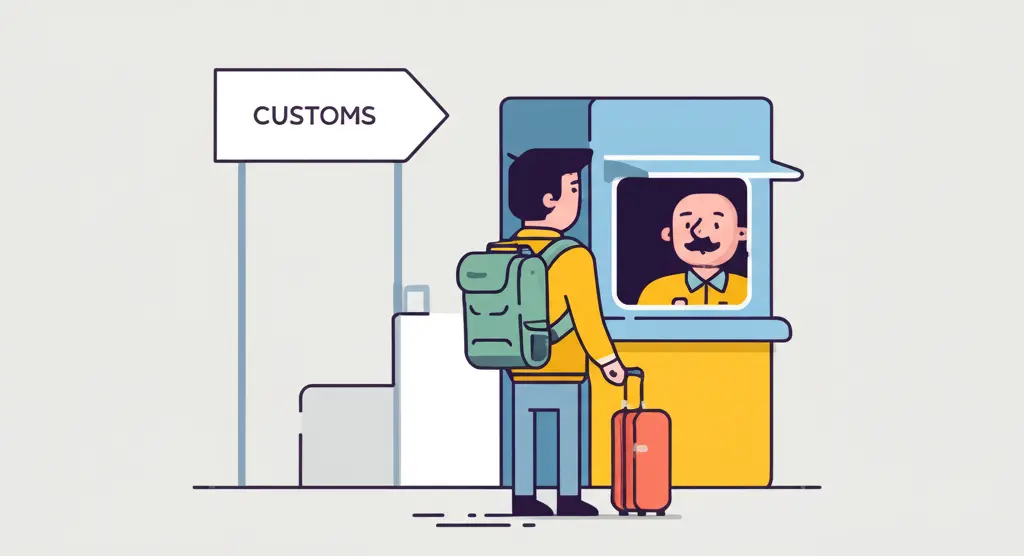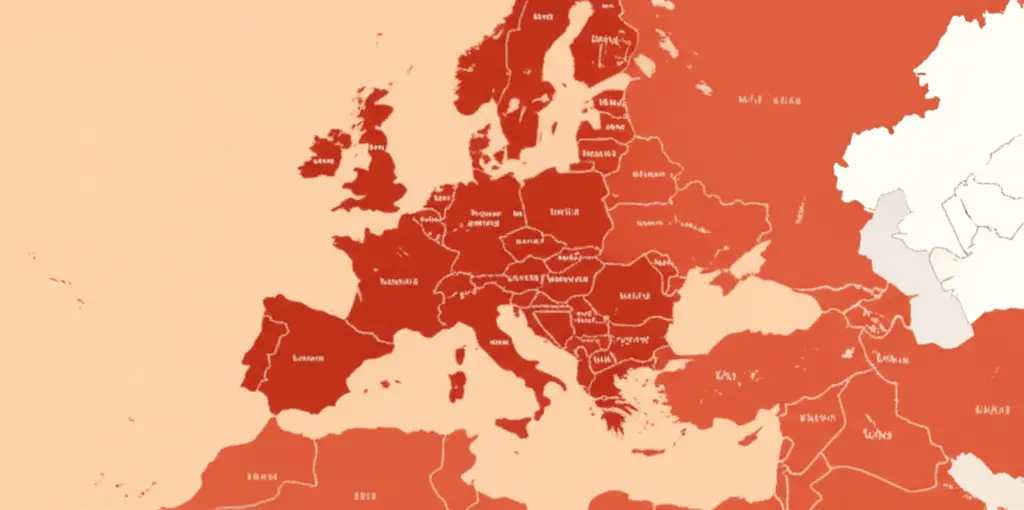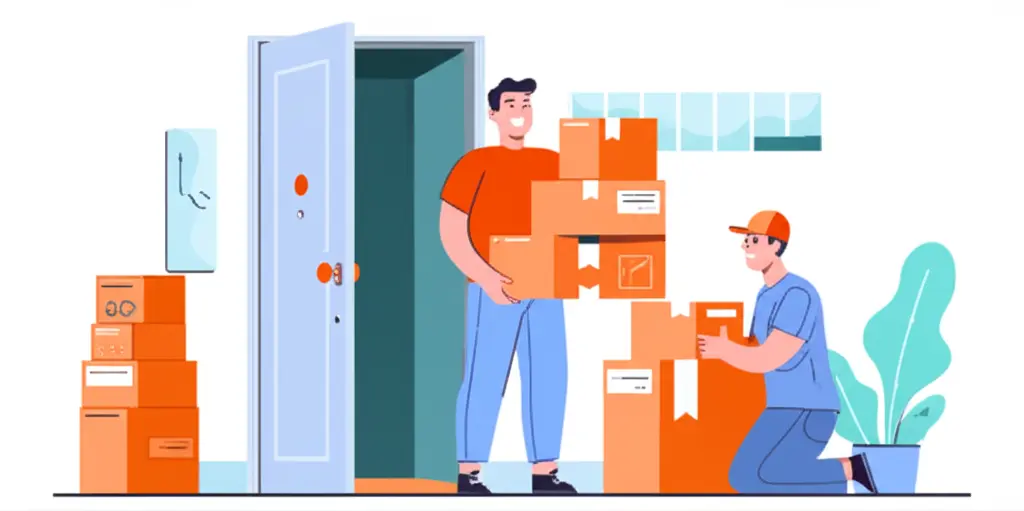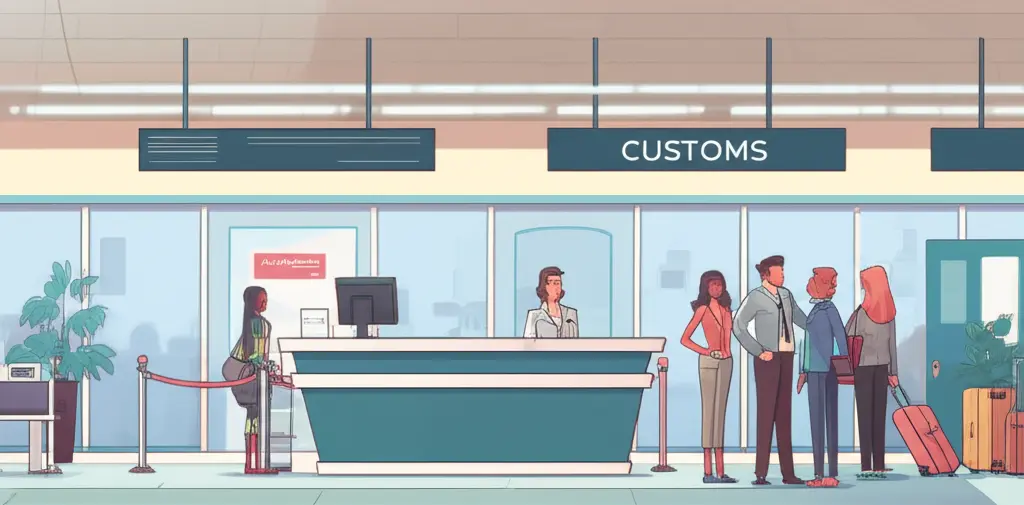Understanding Customs Duties: A Simple Guide to Navigating Import Taxes in Europe
Learn how to easily navigate customs duties in Europe with this friendly, informative guide.

Hey there, friend! Have you ever excitedly ordered something online, only to face an unexpected wall of customs duties and paperwork when your package finally arrives? You're not alone. Navigating customs duties in Europe can feel like unlocking a new level of a complex game, but don't worry—I’m here to guide you through it. Let’s dive into how you can better understand these fees and avoid unnecessary surprises.
What Are Customs Duties?
Simply put, customs duties are taxes imposed by a country on goods imported from abroad. The goal? To protect domestic industries, regulate the flow of goods, and of course, generate revenue. If you're importing something into Europe, understanding these import taxes is key to avoiding extra fees.
When Are Customs Duties Applied?
Here's the scoop: if you're ordering from a country outside the European Union (EU), expect to pay customs duties. However, if your items are worth under a certain threshold—even if they’re shipped from outside the EU—you might be off the hook. This threshold varies, but generally, it’s around €150.

Tips to Avoid Unpleasant Surprises
Nothing beats the thrill of opening a long-awaited package, so let's keep that joy intact. Here are some practical tips:
- Check Before You Buy: Always verify whether customs duties apply to your purchase based on its origin and value.
- Use Duty Calculation Tools: Some online calculators can give you a rough estimate of potential duties.
- Understand Shipping Terms: Check if the seller covers duties and taxes, or if you'll need to pay upon arrival.
- Keep Receipts Handy: You might need to prove the purchase price for customs purposes.

Key Differences in European Countries
While countries within the EU share a common customs policy, local import regulations can vary. Some countries may have specific quotas or restrictions on certain products. For detailed info, check the respective country's customs website.

Wrapping It Up
Dealing with customs duties might seem daunting at first, but with a little preparation and knowledge, you can enjoy hassle-free international shopping. Remember, the easiest way to avoid unexpected fees is to stay informed and plan ahead. So go ahead, indulge in some global retail therapy without worry!
If you have any humorous or frustrating experiences dealing with customs, I’d love to hear them! Feel free to share your stories or tips in the comments below.




